-

Is the Teaching of Psychology Liberal or Conservative? Yes! (But Mostly It’s Neither)
How might teachers of psychology respond to allegations that their subject undermines conservative values? David Myers has some thoughts. Visit Page
-

Powerful Myths: Common Misconceptions About Statistical Power
Lukas Lengersdorff and Claus Lamm discuss three misconceptions that stand in the way of an informed discussion. Visit Page
-

Teaching Students How to Debunk Myths About Misinformation
Teaching: These student activities call on recent research to help students identify myths about misinformation. Visit Page
-
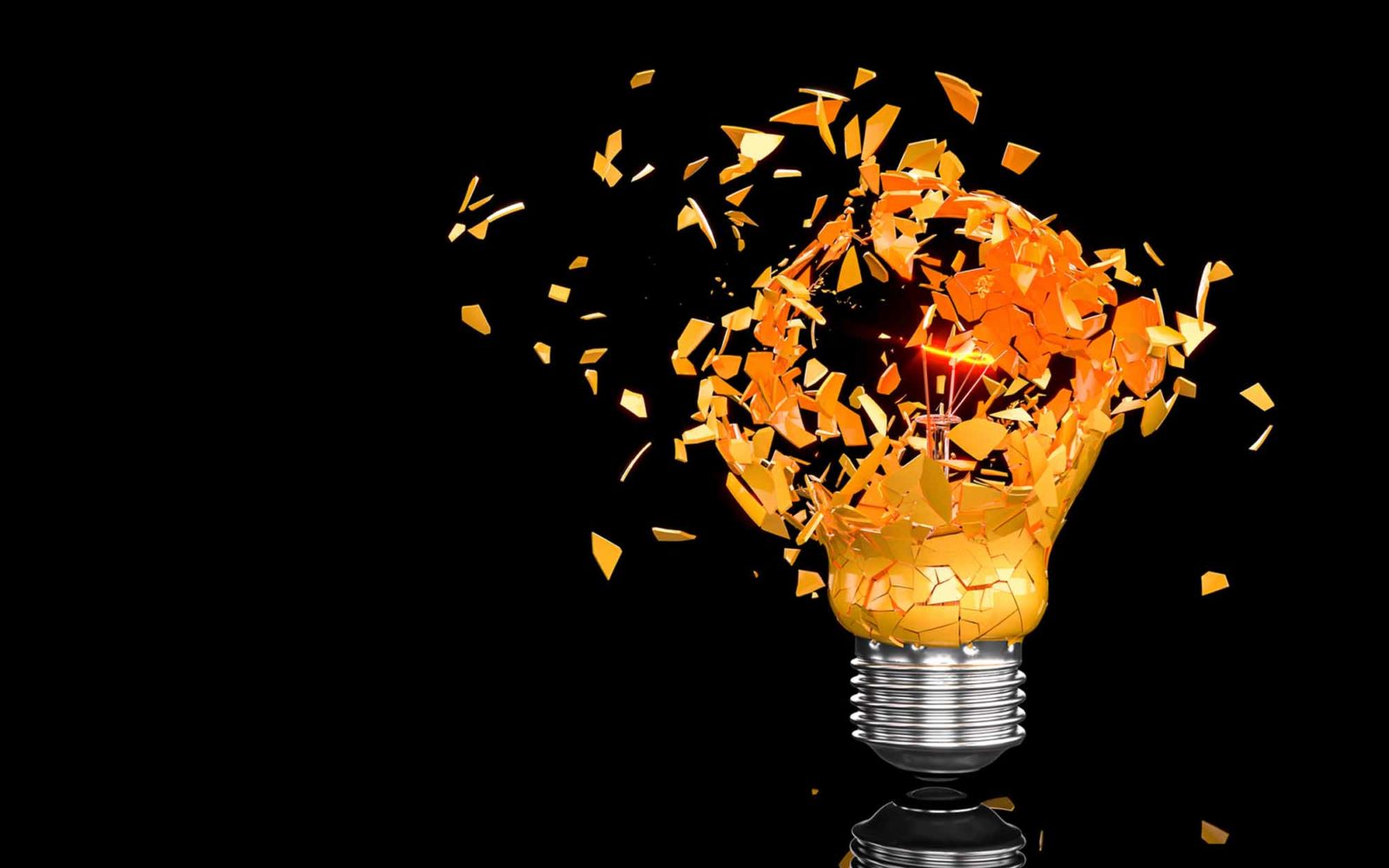
Myth: The Lightbulb Moment, Innovation’s Most Misleading Meme
Edward Wasserman explores the origin of the famous “lightbulb moment,” how the popular cliché originated, and what can be learned from it. Visit Page
-
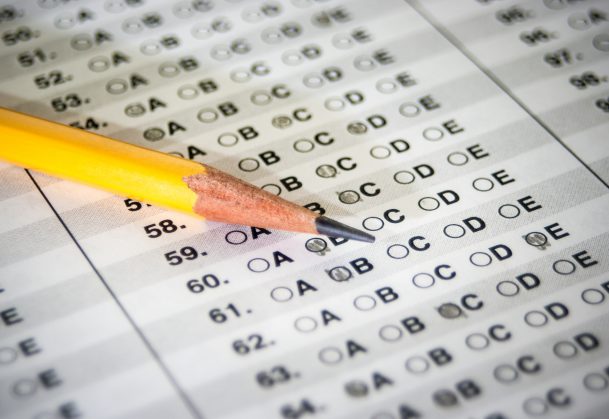
Myth: It’s Better to Stick to Your First Impulse Than Go Back and Change Multiple Choice Test Answers
A misconception that is ideally addressed early in the introductory course. Visit Page
-
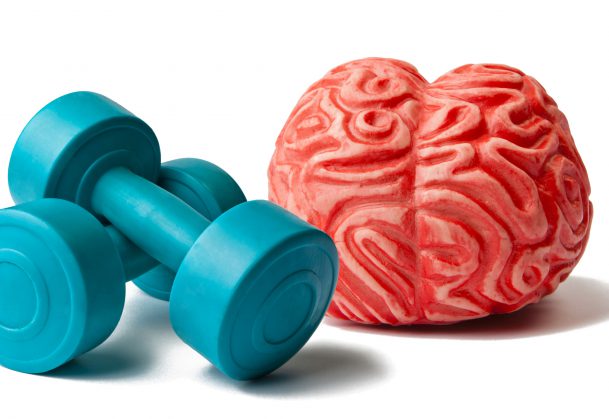
Myth: Brain Training Will Make You Smarter
Researching this persuasive myth allows students to use scientific reasoning tools to evaluate popular claims regarding intelligence. Visit Page
-

Myth: Traumatic Memories Are Often Repressed and Later Recovered
This provides students with an opportunity to see that, often, analyses may lead to conclusions that are not final. Visit Page
-

Myth: We Are In Touch With Reality
Students learn that what they view as “real” is but one version of reality, which can vary radically from the experience of other people.
Visit Page -

Myth: Too Much Sugar Causes Hyperactivity in Children
Exploring the realities behind the effects of sugar illustrate many psychological concepts, including hunger, evolution, and psychopathology. Visit Page
-
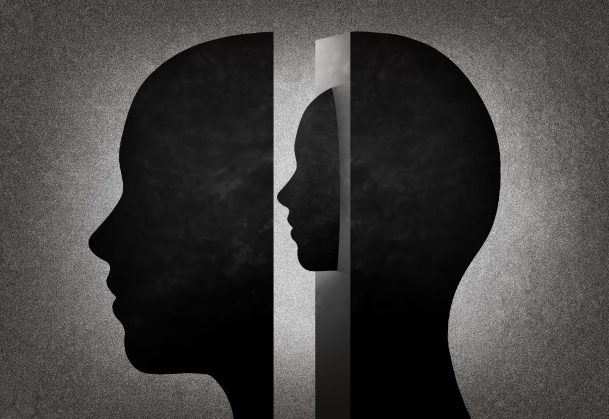
Myth: People With Mental Illness Are More Prone to Violence
Instructors should be prepared to listen for —and challenge — belief perseverance, and can use this myth to highlight how automatic and difficult belief perseverance can be to overcome. Visit Page
-

Myth: Eyewitness Testimony is the Best Kind of Evidence
Activities in this unit reveal how eyewitness testimony is subject to unconscious memory distortions and biases even among the most confident of witnesses. Visit Page
-

Myth: Children Raised in Similar Ways Have Similar Personalities
Exploring this claim provides an opportunity to discuss issues involving nature and nurture in developmental and personality psychology. Visit Page
-
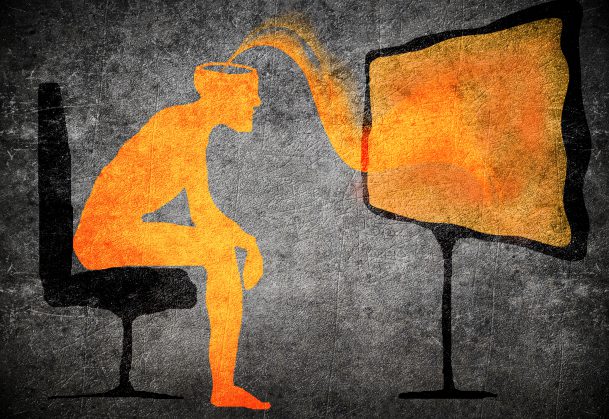
Myth: Subliminal Messages Can Change Your Behavior
Discussion of this myth provides rich opportunities to integrate topics across research methods, memory, cognition, sensation and perception, and social psychology. Visit Page
-
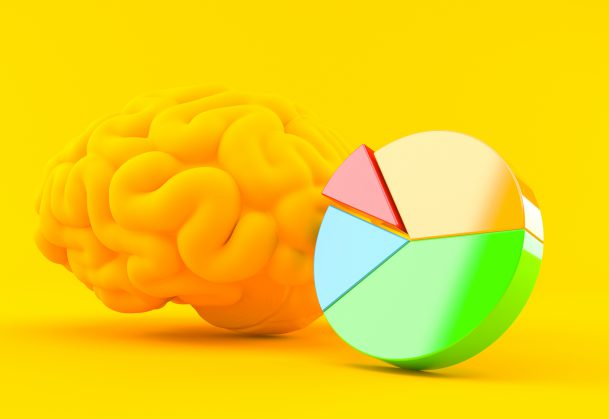
Myth: We Only Use 10% of Our Brains
This will prepare students to understand how all parts of the brain contribute to behavior. Visit Page
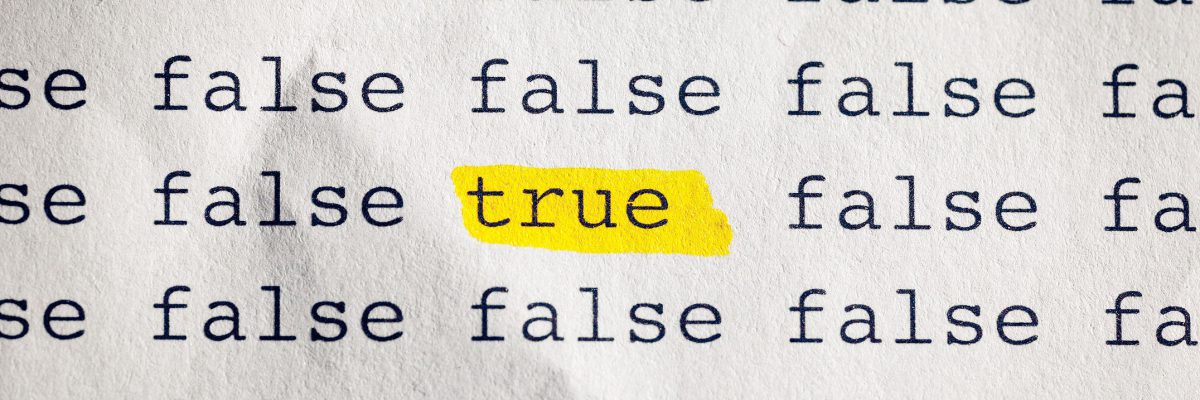
Busting Myths in Psychological Science
The scientific truth about some widespread myths among students (and even some professors)—along with suggested lesson plans for the classroom.



